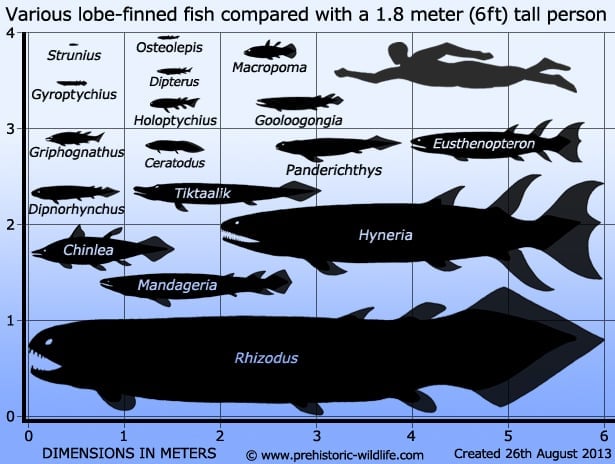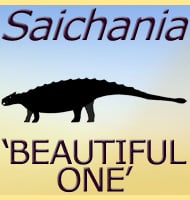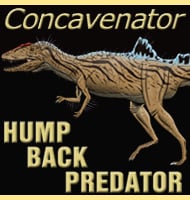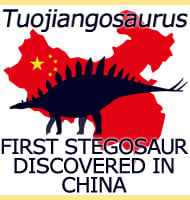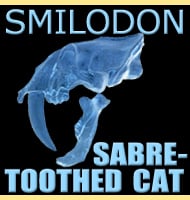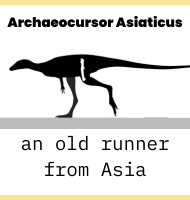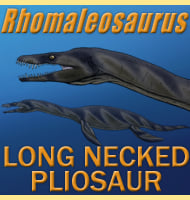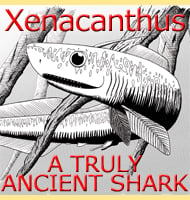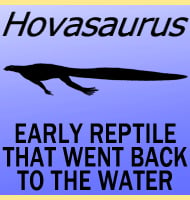In Depth
A fairly small lobe-finned fish, Osteolepis is noted for having heavy bony scales, features that may have helped with buoyancy issues. Even more interesting though was an outer covering of cosmine, a slightly spongy bony material that is known to have covered the scales of lobe-finned fish. This cosmine had a series of channels running through so that the sensory organs underneath still had contact with the water. This would have allowed Osteolepis, and other lobe-finned fish to have detected even minute changes in water pressure caused by passing aquatic animals.
Further Reading
- Cosmine and Cosmine Growth - Tor �rvig - 1969. - A review of cosmine: Its structure, development, and relationship to other forms of the dermal skeleton in osteichthyans - Deborah K. Meinke - 1984.

